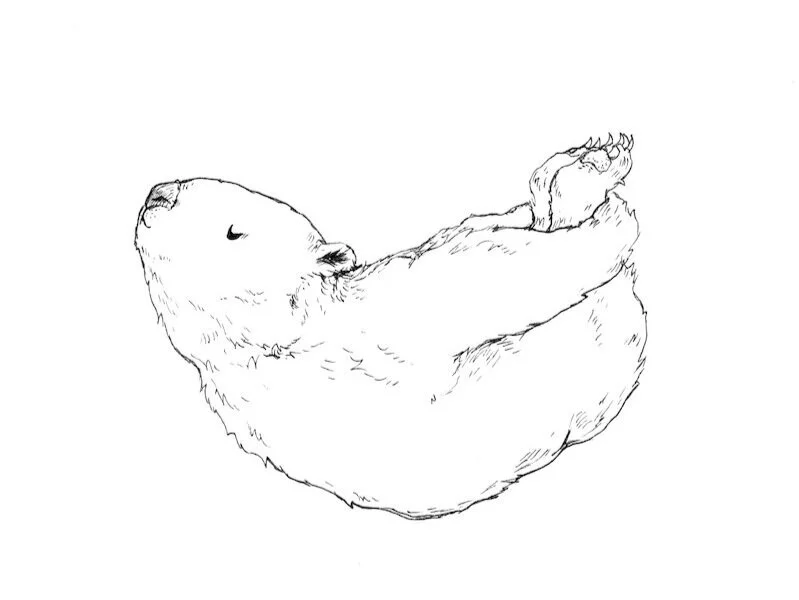Back Bending | Strong Centre, Open Heart
WHY BEND BACKWARDS?
In the plethora of our day-to-day activities, there are very few which require us to bend backwards. Consider when you last did a back bend in a functional context - aside from going for a stretch over the back of your chair?
Backbending asks us to open up. Physically, we spread the chest up and out, creating space for the front line of the heart, belly and hip flexors. Like a tree, branches spreading wide towards the sun, there is a sense of elevation, and enlivening. Backbends challenge our breath, and can reveal where we have habits of tensing or withholding particularly around our hearts and lungs.
Energetically, we learn to stabilise the root of our spine, the pelvis, while lengthening up and out from this stable base. In our asana practice, prone (belly down) backbends like Cobra Pose (Bhujangasana) offer the most stable support and strengthening, while upright backbends like Camel Pose (Ustrasana) require additional conscientiousness around how breath is essential to keep us lifted us internally. Many of us feel tight around the chest and shoulders; if this area is constricted, imagine how this could affect the heart, and its work of circulating of life-blood around the body!
Backbending tends to provoke our ego, the part which wants to prove something. Yet if we are tense already, to push ourselves beyond our capacity culminates in even more strain, in our bodies and in our psyches. To approach backbending with a dedicated breath, and the equanimity to accept what is available in that moment, is an advanced practice. Available to all, yes - but often challenging to embody!
As most of our daily activities do not call for backbending, it takes intention to incorporate this spinal action into your day. You might like to try these fuss-free ways of adding this motion for your spine.
Roll onto your belly upon waking and take 5-10 breaths in Sphinx pose, crown of head lifting away from the sternum and forearms resting shoulder-width. Spread awareness from elbows to the fingertips, and use this to explore gently pulling against the bed to create a broadening of the chest. A great way to start the morning with some deeper diaphragmatic breaths, while still being in the comfort of your bed!
Take 5 minutes in the morning to explore arching the back. You could begin with free cat and cow movements, followed by 5-10 rounds of Cobra or Locust Pose (Salabasana). Especially if you sit a lot, this can help develop spinal mobility as well as low back strength.
Sun Salutation, or Surya Namaskar, is a great sequence to which includes backbends. We hunch enough over our screens and devices... make a conscious effort to awaken open-heartedness, and see how you feel.
~*~
As the Melbourne lockdown continues, you can find our presence online via two Livestream classes per week, and freely available classes via our Practice Online page. Don't hesitate to get in touch if you have suggestions or need support around your practice.
We look forward to seeing you online, and reconnecting with you in person!

